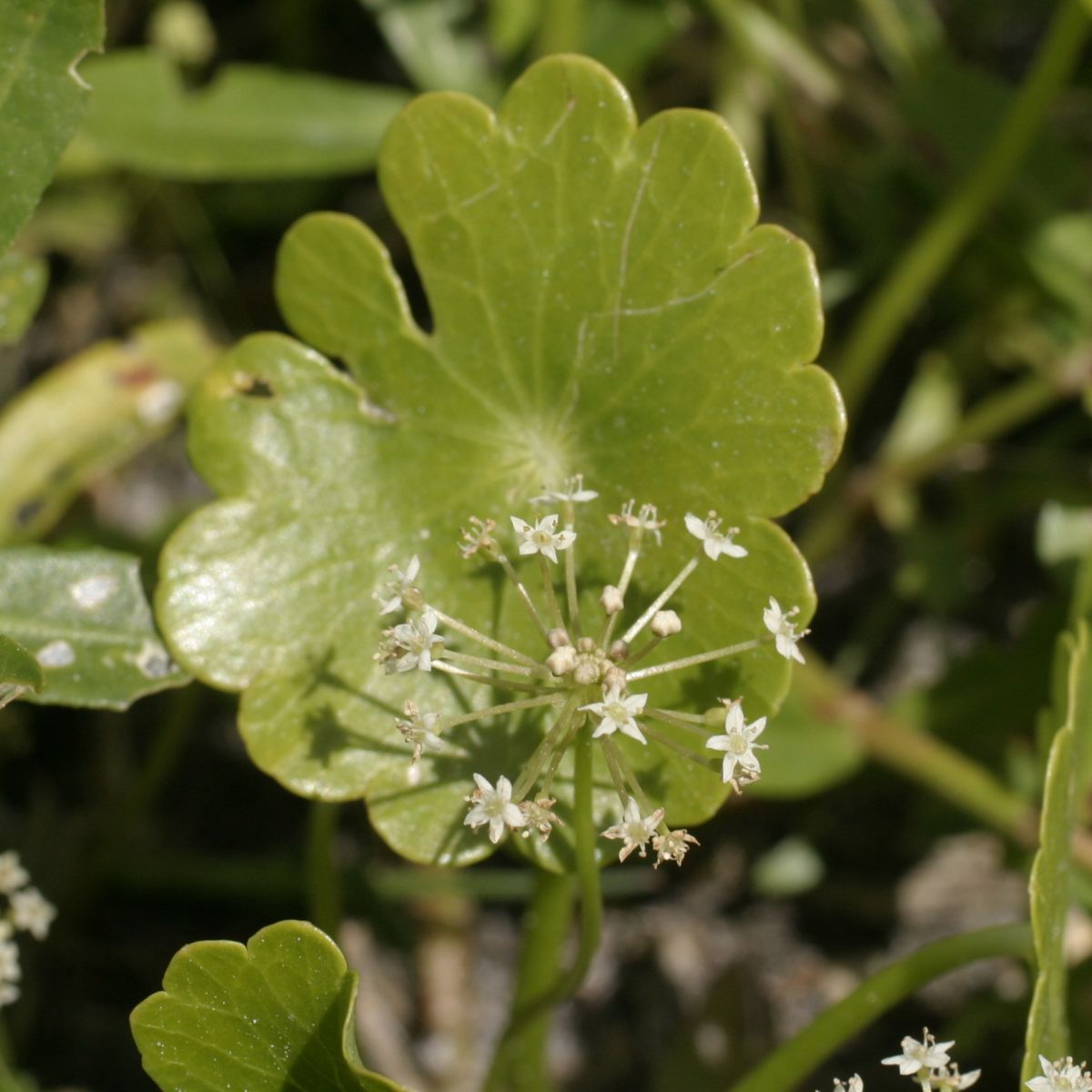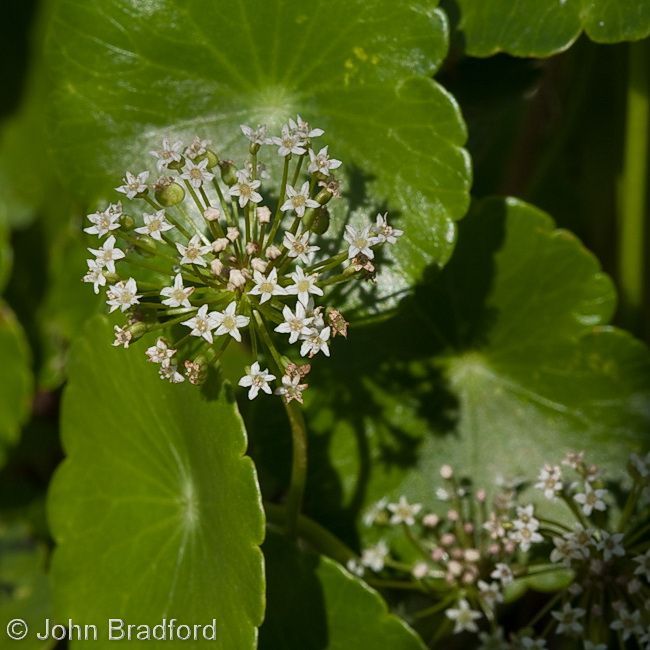FNPS Plant Database
Hydrocotyle umbellata
Nomenclature
Common Name:
Synonym(s):
Genus species:
Family:
Araliaceae
Plant Specifics
Form:
Size:
Life Span:
Long-lived perennial
Flower Color:
Fruit Color:
Phenology:
Noted For:
Landscaping
Recommended Uses:
Considerations:
Availability:
Propagation:
Light:
Moisture Tolerance:
Always Flooded---------------------------------Extremely Dry
□□□□□□□□□■■■■■■■■■■■■■■■■■■■■■□□□□□□□□□□□□
Stays wet -to- Not wet but not extremely dry
Salt Water Flooding Tolerance:
Unknown
Salt Spray/Salty Soil Tolerance:
Low/no tolerance of salty wind or direct salt spray
Soil or Other Substrate:
Sand
Soil pH:
Suitable to Grow In:

USDA zones are based on the average annual extreme minimum winter temperature.
Don't know your zone? Click here to search by zip code.
Ecology
Wildlife:
Attracts bees. A study at the Archbold Biological Station identified the following families of bees using this species:
- Halictidae: Halictus poeyi
- Pompilidae: Episyron conterminus posterus
- Sphecidae: Cerceris blakei, Ectemnius rufipes ais, Epinysson mellipes, Hoplisoides denticulatus denticulatus, Oxybelus emarginatus, Tachysphex apicalis, T. similis
- Vespidae: Leptochilus alcolhuus, Parancistrocerus salcularis rufulus
Archbold Biological Station as cited in the Coastal Plants Wiki.
Native Habitats:
Natural Range in Florida:
Visit the USF Libraries Atlas of Florida Plants
Comments:
Ethnobotany:
General Comments:










